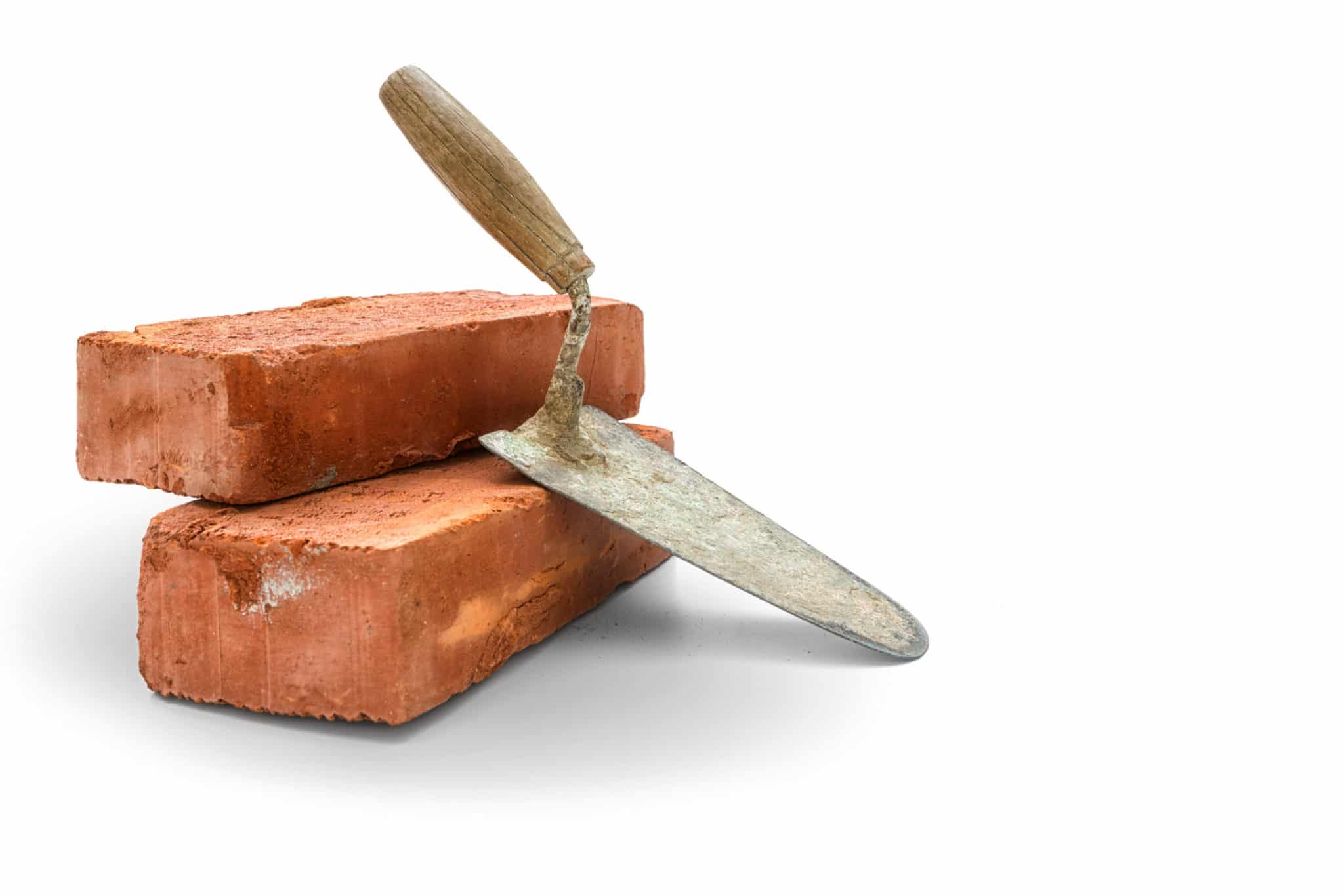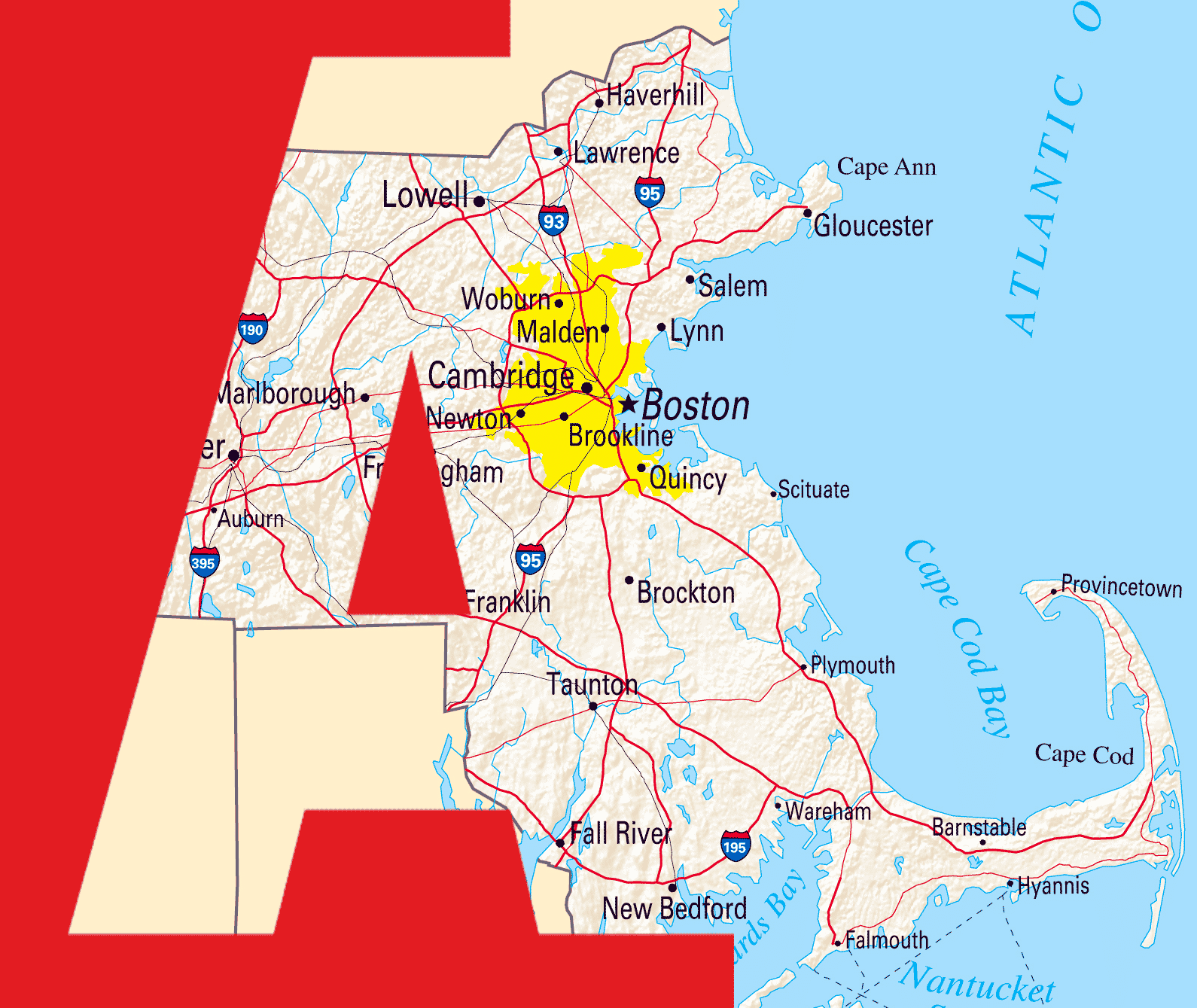Brick pointing is the technique of repairing mortar joints between bricks. This technique of cutting out and repointing mortar joints is one of the most common masonry repairs. If the brickwork is left unrepaired, water often seeps between the cracked, loose mortar, resulting in interior wall damage. The following procedures are recommended by the experts at Abbot Building Restoration to get the job done right.
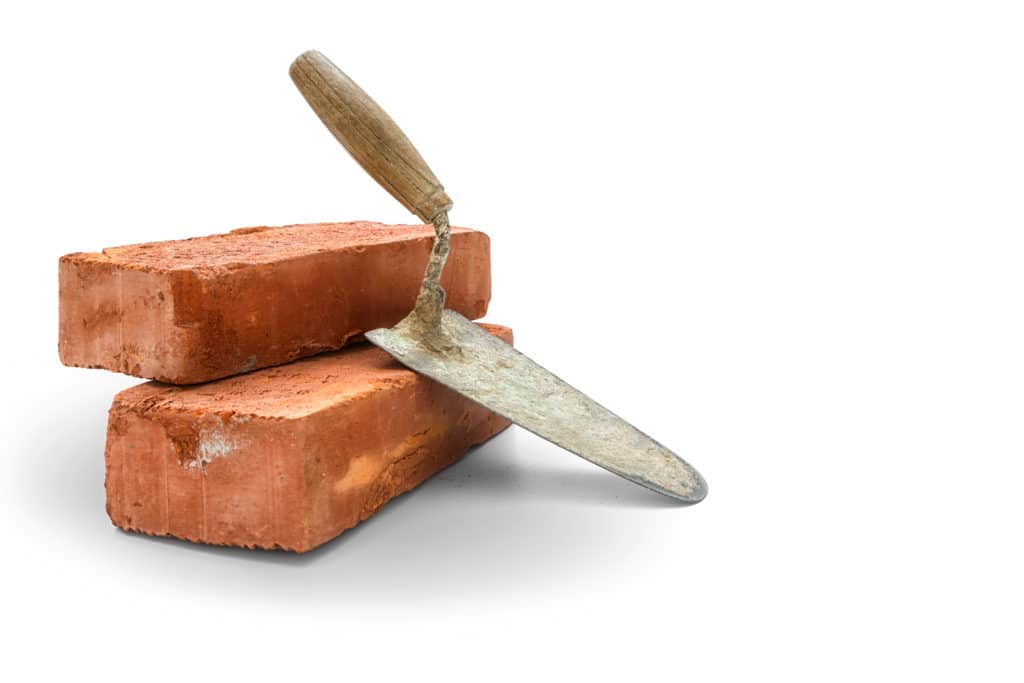
Preparing the joints.
When starting the process of brick pointing, one must first remove all of the old mortar. Begin by cutting out the mortar joints to an approximate depth of ¾ inch to 1 inch with a special plugging or joint chisel. These tools will help prevent binding in the joint and chipping of the brick edges.
Beyond the removal of any old mortar, a clean surface is also needed for superior bonding. Using the jointer tool, rake out excess mortar or grit, and brush out the joint to remove loose mortar or sand. Finally, finish by flushing any remaining particles with a garden hose.
Replacing damaged bricks.
Like old mortar, any broken or deteriorated bricks in the wall should be cut out and replaced before repointing. Be sure to cut the brick entirely from the wall and clean the recess carefully. Wetting the cavity and the replacement unit with a fine water spray or stiff-bristle brush will administer the proper amount of dampness. It’s important to note that damp is the goal here, not wet. Once the cavity is damp, apply a thick layer of mortar to the bottom and sides of the cavity.
When choosing new bricks, staying mindful to the existing ones ensures the best match possible.
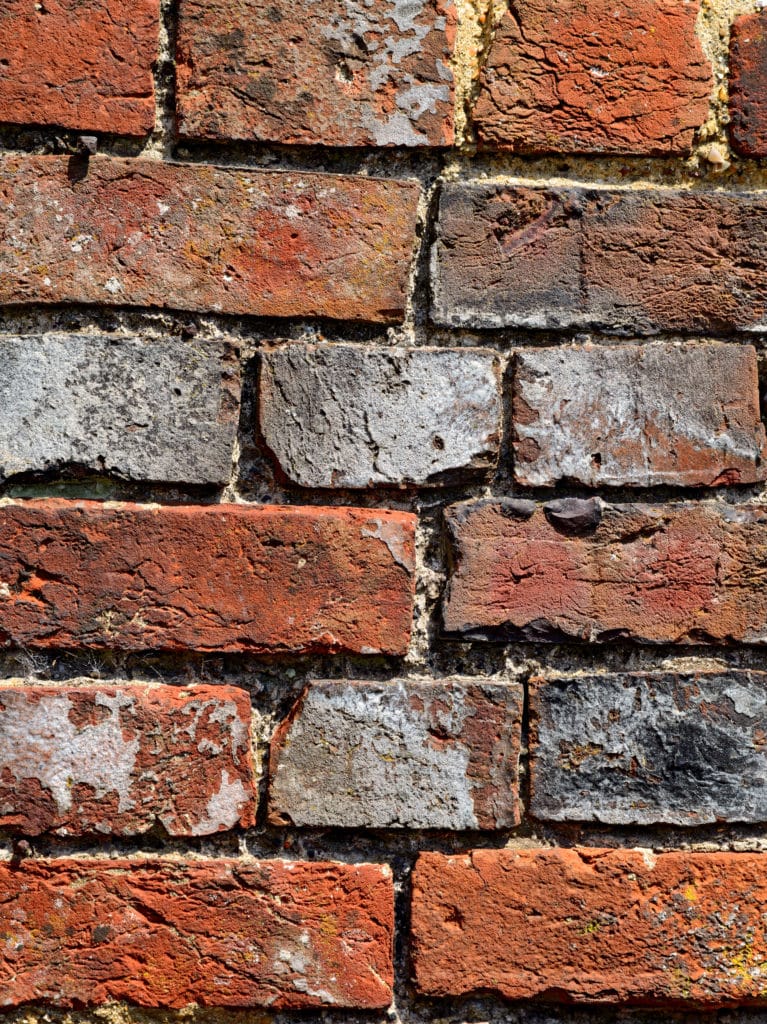
Brick pointing
Mix a small amount of mortar with clean water according to the manufacturer’s instructions. Using a trowel, transfer the mortar to the jointer tool and pack the mortar into the joints. In most cases, joints will be filled flush to the wall face, then slightly depressed and brushed cleans.
“Butter” the top of the replacement brick with mortar and slide it into the cavity. The mortar should squeeze out from the joints. If it does not, add more mortar to the joint. To decrease the possibility of cracking or sagging in extremely deep joints, fill in about half of the joint depth, wait until the mortar is thumbprint hard, and then repoint the remainder of the joint.
In hot or windy conditions, dampen the repointed joints to prevent the mortar from drying too fast. Spray the finished job with a fine water mist to aid in the curing process.
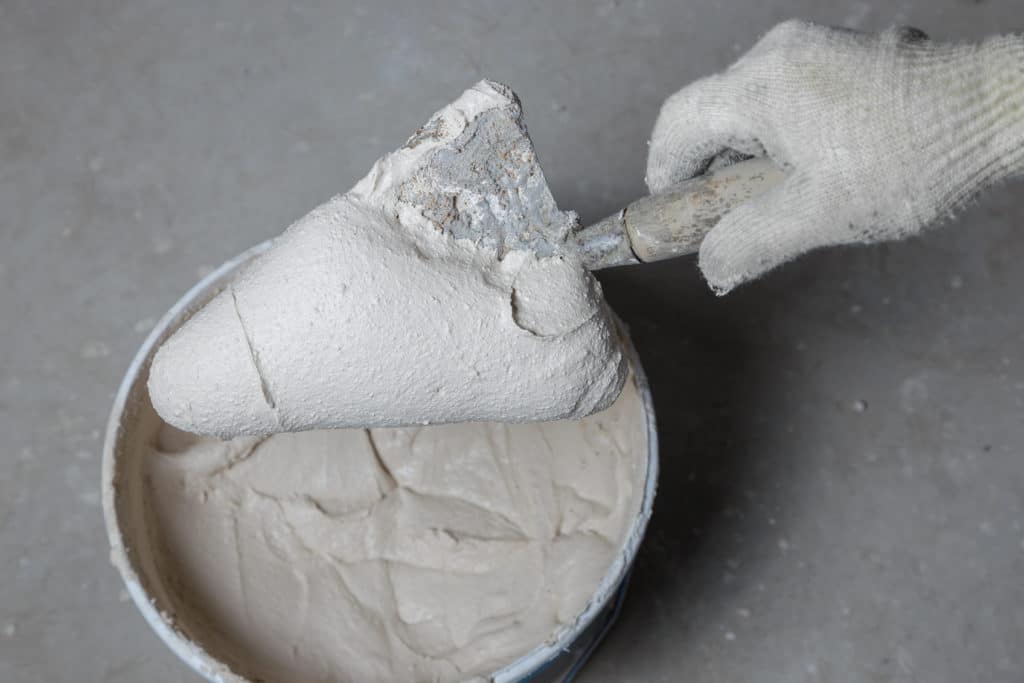
For more information on bricking pointing and masonry repair, contact the experts at Abbot Building Restoration by calling (617) 445-0271.

